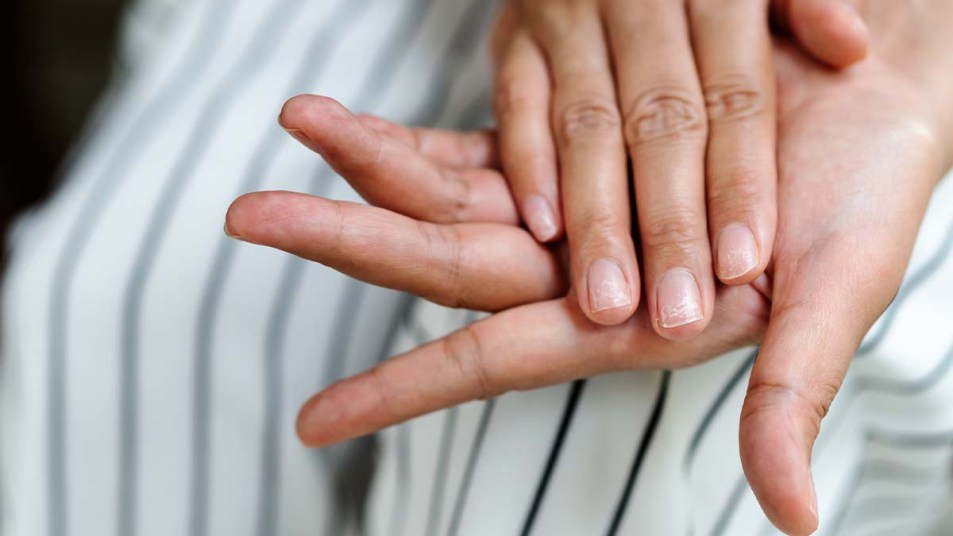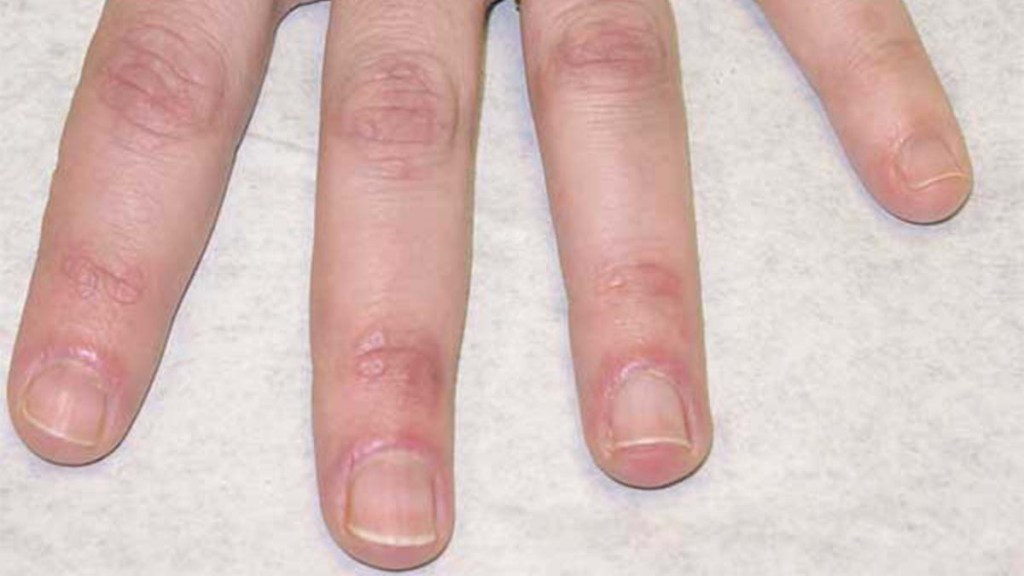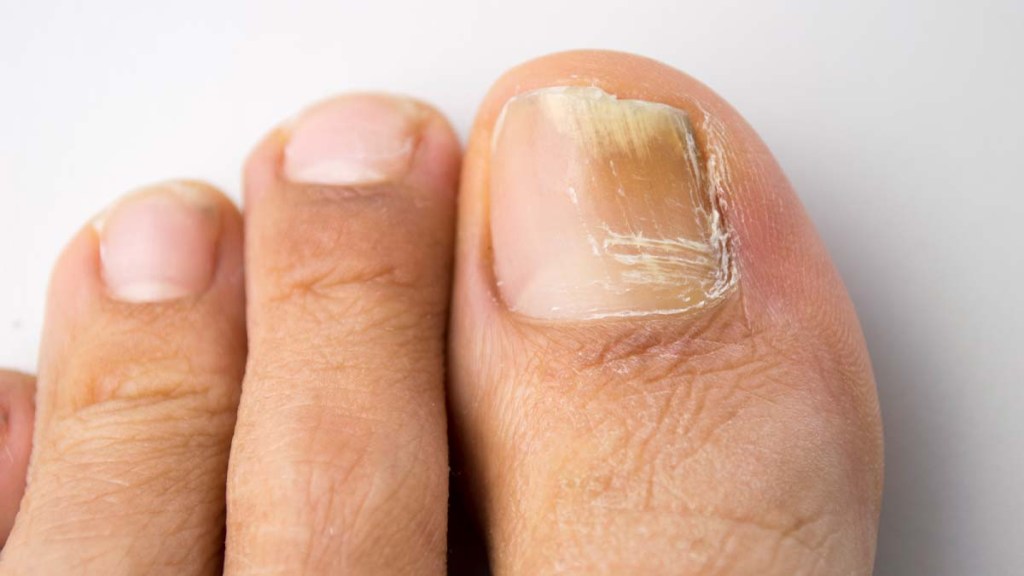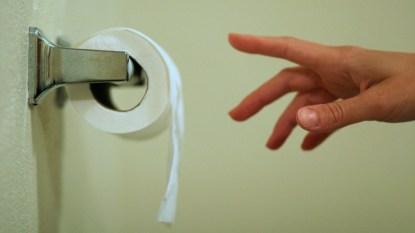If You See This on Your Nails, It Could Be a Sign You Have Diabetes

Listening to our body is always important. Paying attention to any changes on our skin and in our eyes can give us early signs of serious health issues like malnutrition and anemia. When it comes to our nails, their appearance and texture have been associated with diseases including heart disease and thyroid issues. Now, new research further discusses the ways that our nails are impacted by diabetes in particular.
Can diabetes affect your nails?
A recent review of studies published in Practical Diabetes took an in-depth look at this connection between diabetes and nails. The study’s author Rowan Hillson, MBE, MD, FRCP, first notes that nails are made up of a strong protein called keratin and a living tissue commonly known as the nail matrix. Together, they’re the key structures that maintain healthy nails.
The nail matrix is the white crescent at the base of your nails. It needs a constant supply of oxygen and nutrient-rich blood, as well as normal nerve function, to grow and stay strong. Otherwise, a weak nail matrix causes nails to become brittle and thin. Hillson points out that vascular disease (when there’s too much glucose in blood) caused by diabetes is a factor in disrupting the nail matrix’s function. Over time, weakened nails become a breeding ground for dirt and moisture, leading to fungal nail infections. A key indictor of weak nails is if they bend or break easily.
Another sign to look for is redness around your nails. Hillson mentions that people with diabetes might see this redness, which is often referred to as periungual telangiectasias. This condition is estimated to affect every one in two diabetes patients and results from abnormalities in the blood capillaries around the nails. She says that people with advanced diabetes tend to show dilated capillaries more so than those with early stages of the disease.

Those are some of the signs of diabetes to watch out for in your fingernails. But they’re not the only warning signs. The appearance of your toenails can be altered by diabetes as well.
Does diabetes affect your toes?
Hillson highlights how yeasts or fungi nail infections, which are caused by diabetes and vascular disease, often occur in toenails as well. A nail fungus called onychomycosis can discolor toenails to the point where they appear either white, yellow, or slightly green.
Your whole nail could also become thick and brittle, making it sharp and easy to break off. She notes that onychomycosis is a huge predictor for a diabetic foot ulcer, an open wound or sore that requires lengthy treatment (yikes!).

Another sign to look out for in toenails is if the half-moon shaped part of your nail called the lunulae appears red. Hillson says this exact cause of this nail condition is unclear. But, it usually occurs in people with diabetes as well as heart disease and thyroid issues.
If you notice any of these changes in your nails, speak to your doctor to get more insight into what’s causing this. Hillson also reminds us that regularly caring for your nails and clipping them is a great way to see any early signs of diabetes. Paying attention to the signs that our body gives us can be a lifesaver!













